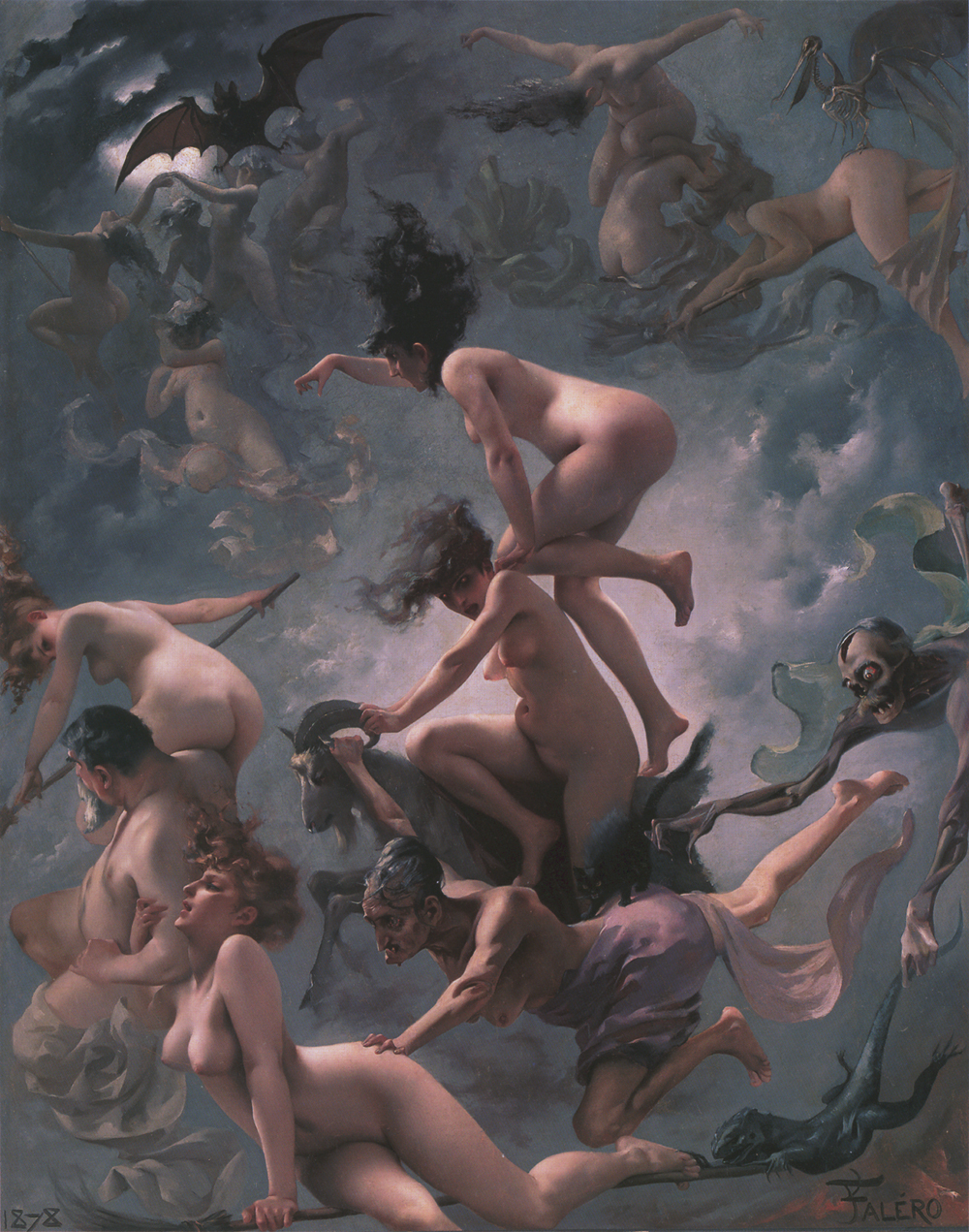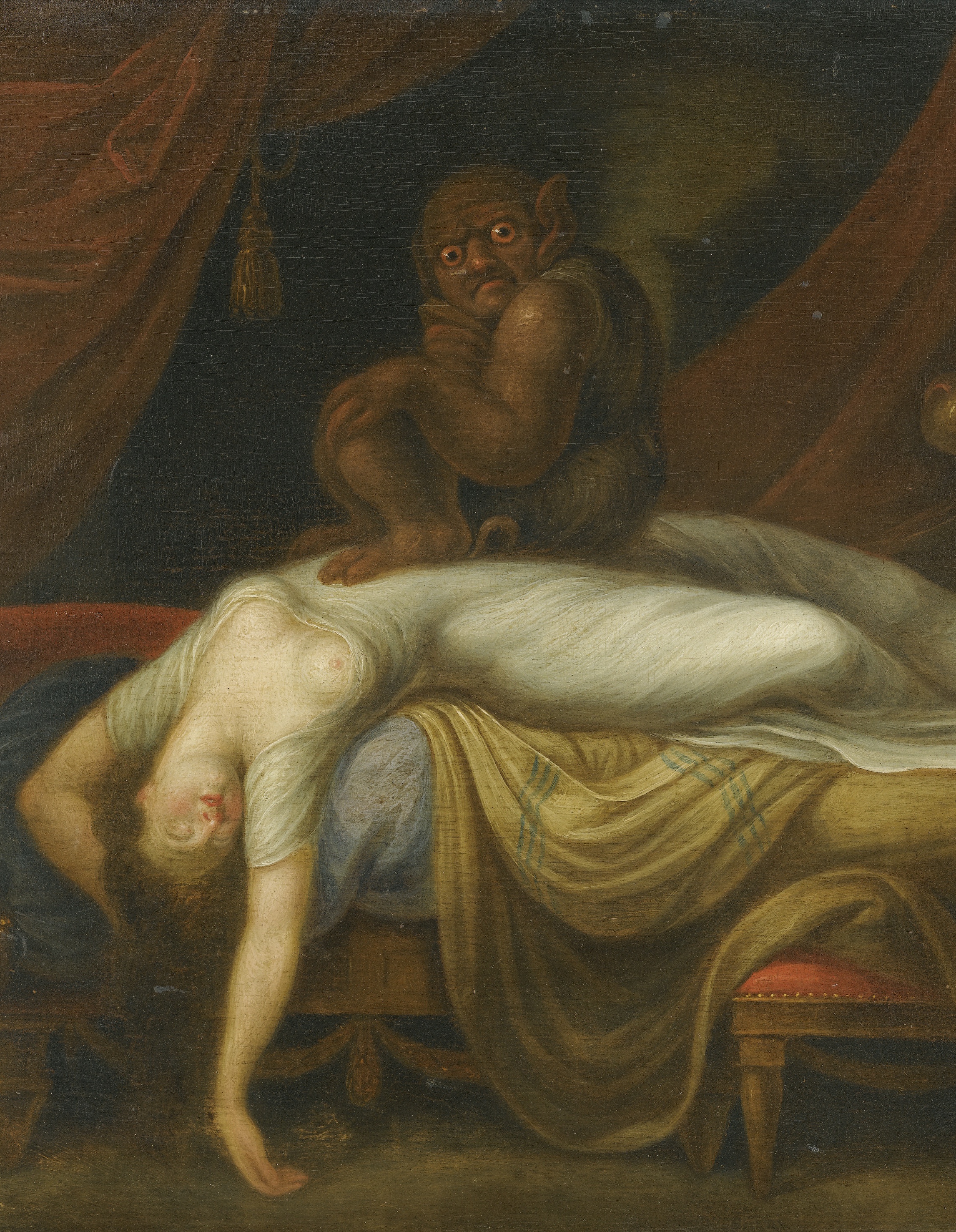The myths and the chronicles of folklore have transmitted to us with extreme clarity the way in which the ancients framed this phenomenon: surprisingly, all the chronicles and legends of antiquity agree in affirming that responsible for these disturbing experiences is a certain type of astral entities - sometimes labeled by modern minds as 'spirits', other times as 'demons', often also as 'fairies' and the like - who conduct their attacks only during the night, often pressing on the sleeping victim's body and sometimes entertaining with the subject has a sexual relationship. These entities, in various cultures, have been called in numerous ways, the best known of which to us Westerners are those of Latin derivation: 'succubi', 'nightmares' and 'larvae'.
di Marco Maculotti
cover: Johann Heinrich Füssli, Nightmare
Sleep paralysis, also called hypnagogic hallucination, is a sleep disorder in which, between sleep and wakefulness (therefore in the moment before falling asleep or in the instant before waking up) one suddenly finds himself unable to move. Most of the time, according to what those who suffer from this disorder say, the paralysis begins with a tingling sensation that goes through the body, reaching the head, inside which the subject feels a kind of hum "like a swarm of bees ”or a sound similar to that of a washing machine or a“ thumping and screeching of metal objects ”. Often the victim of this experience tries to scream for help, managing at best to whisper faintly, also experiencing the unpleasant sensation of hearing his own voice suffocated by something abnormal.
Often, if the victim is in bed with someone, the latter cannot notice anything, to the point that often even the most disturbing phenomena (terrifying sounds and noises, incomprehensible voices, sometimes even strange unnatural lights coming from outside) succeed to arouse the attention of those who do not undergo the episode in first person. It can also happen that the succubus (which, if once the name for the mysterious entity causing the phenomenon, is now the term by which medical science refers to the 'victim') hears familiar voices - or, sometimes, even 'demonic' - calling him, or arguing with each other behind the subject's back or, worse still, whispering close to his neck, often from behind, in a disturbing voice.
Science believes that this abnormal state is due to the persistence of the state of atony that the muscles present during sleep and is caused by a discrepancy between the mind and the body: with the consequence that, although the brain is active and conscious and the subject can often see and perceive clearly what surrounds him, despite this the body remains in a state of absolute rest, to the point that any movement is precluded for the duration of the experience. Of course, science denies the reality of the experiences experienced during this mysterious experience, reducing them to mere hallucinations caused by equally mysterious alterations in the subjects' brain balance, which would occur at the exact moment of the transition between wakefulness and sleep — and vice versa.



